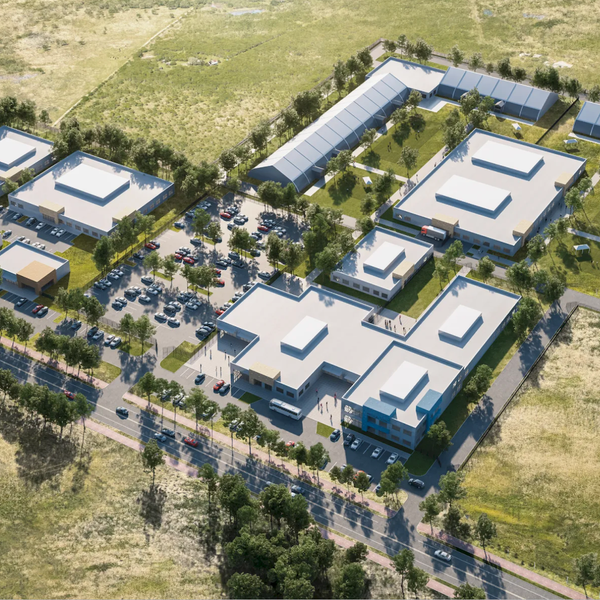UPDATE: Wikileaks reported Monday evening that it was back online after a week-long DDoS attack.
* * *
Whistleblowing organization Wikileaks says it continues to suffer a distributed denial-of-service (DDoS) attack.
The organization first reported the attack, which has expanded to include affiliated sites, on Aug. 3. The groups says 10 gigabits of bogus traffic per second are flooding its site.
On Friday, Wikileaks gave this update on the attacks:
Today, through a series of tweets, WikiLeaks explained in detail the attack they are facing:
More information on the ongoing DDoS attack against WikiLeaks related sites and donation infrastructure follows:
- The attack is well over 10Gbits/second sustained on the main WikiLeaks domains.
- The bandwidth is used is so huge it is impossible to filter without specialized hardware, however...
- the DDoS is not simple bulk UDP or ICMP packet flooding, so most hardware filters won't work either.
- The rage of IPs used is huge. Whoever is running it controls thousands of machines or is able to simulate them.
- We have even tried moving behind https://Cloudflare.com but Cloudflare has re-emptively banned WikiLeaks. Living in the wild wild west.
RT notes that the "attack coincided with WikiLeaks' release of a new portion of emails allegedly acquired by the hacktivist group Anonymous from the server of consulting firm Stratfor. The batch concerns the supposed existence of a US-based system called TrapWire, which allegedly collects images from surveillance cameras across America and uses them to track people for possible threats."
Our work is licensed under Creative Commons (CC BY-NC-ND 3.0). Feel free to republish and share widely.
UPDATE: Wikileaks reported Monday evening that it was back online after a week-long DDoS attack.
* * *
Whistleblowing organization Wikileaks says it continues to suffer a distributed denial-of-service (DDoS) attack.
The organization first reported the attack, which has expanded to include affiliated sites, on Aug. 3. The groups says 10 gigabits of bogus traffic per second are flooding its site.
On Friday, Wikileaks gave this update on the attacks:
Today, through a series of tweets, WikiLeaks explained in detail the attack they are facing:
More information on the ongoing DDoS attack against WikiLeaks related sites and donation infrastructure follows:
- The attack is well over 10Gbits/second sustained on the main WikiLeaks domains.
- The bandwidth is used is so huge it is impossible to filter without specialized hardware, however...
- the DDoS is not simple bulk UDP or ICMP packet flooding, so most hardware filters won't work either.
- The rage of IPs used is huge. Whoever is running it controls thousands of machines or is able to simulate them.
- We have even tried moving behind https://Cloudflare.com but Cloudflare has re-emptively banned WikiLeaks. Living in the wild wild west.
RT notes that the "attack coincided with WikiLeaks' release of a new portion of emails allegedly acquired by the hacktivist group Anonymous from the server of consulting firm Stratfor. The batch concerns the supposed existence of a US-based system called TrapWire, which allegedly collects images from surveillance cameras across America and uses them to track people for possible threats."

